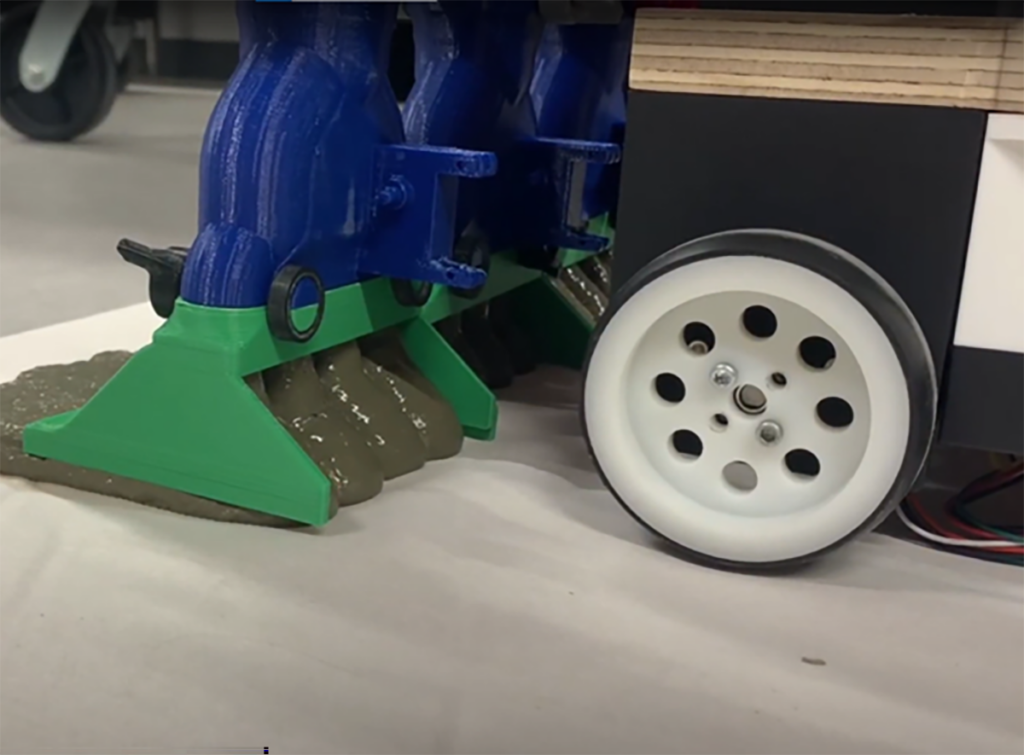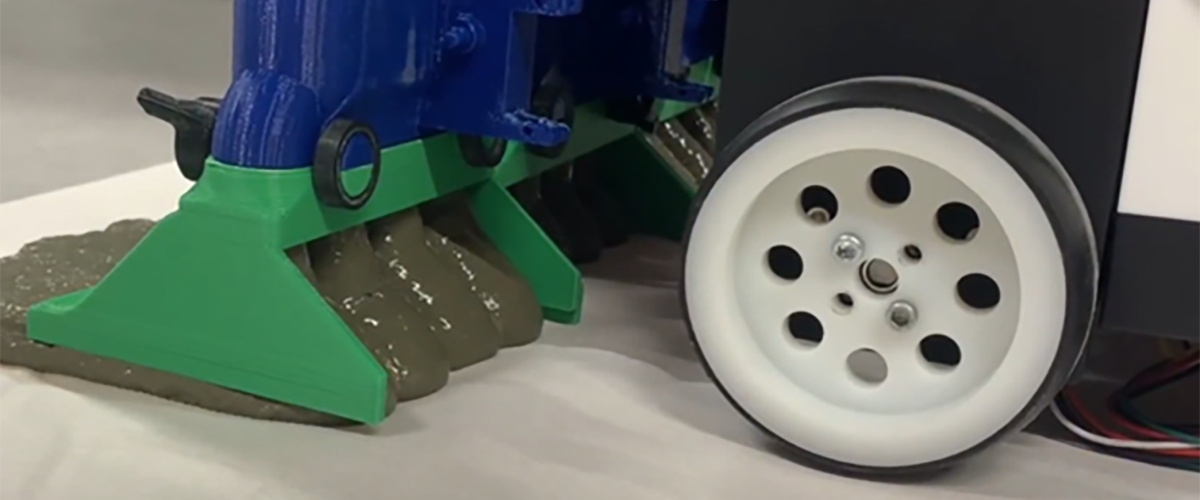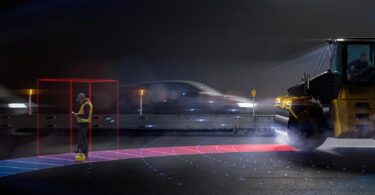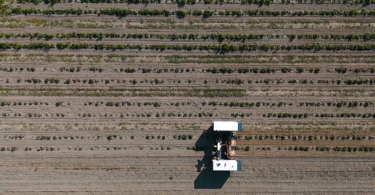Mobile 3D concrete printing robot built for sustainability and scale nabs Worcester Polytechnic Institute students second place in the SICK $10K Challenge
Concrete. It’s quite literally the groundwork of every construction project. And while it’s essential in building our daily structures – homes, sidewalks, parks – the material brings quite a few downsides. From wasteful formworks to labor-intensive pouring processes, traditional concrete construction is costly to both profits and the planet.
3D printing has helped reduce some of these inefficiencies, but there’s still more to accomplish. That’s what a team of undergraduate students from Worcester Polytechnic Institute (WPI) set out to do with PRIMO, a mobile 3D concrete printing robot designed to make construction smarter, faster, and more sustainable.

Meet the Team Behind PRIMO
The PRIMO team includes four robotics engineering students from WPI: Warwick Barker, Colin McGinty, Luke Sanneman, and Marc Wehbe (also majoring in electrical and computer engineering).
Their goal? To rethink how concrete structures are built, starting from the ground up.

What Is PRIMO?
PRIMO is a small, wheeled robot capable of printing a rectangular floor plan using construction materials. It leverages LiDAR (the multiScan100 from SICK, specifically) to detect printed edges and uneven terrain, adjusting its printing strategy in real time to maintain precision.
Unlike traditional gantry-style 3D printers, which require a footprint larger than the structure they aim to build, PRIMO’s mobile platform removes square footage limitations. It can drive atop previously printed layers, allowing for vertical scalability and eliminating the need for bulky equipment.
“Our project aimed to develop a ground-up method for construction 3D printing using a mobile robot,” the team explained. “The three core factors of PRIMO are sustainability, speed, and cost reduction.”

The Problem with Concrete Construction
Concrete pouring is inherently wasteful. Temporary formworks, manual labor, and idle time on job sites all contribute to inefficiencies. While 3D printing specially formulated cement mixtures has emerged as a solution, most systems rely on fixed-size machines with limited flexibility.
Gantry-style printers require extensive setup and space, while mobile robotic arms still face height limitations. PRIMO addresses both issues with a compact, scalable design that can adapt to the job site and build height.

Sustainability at the Core
PRIMO isn’t just about mobility – it’s about environmental responsibility. The team designed the robot to work with more sustainable composite materials, including experimental mixtures developed by WPI graduate students. To test compatibility, they even pumped analogous materials like honey through the system.
“Enabling our system to use more sustainable materials places it ahead of competitors,” the team shared. “Large construction projects can be completed faster with a team of our robots, which will also help reduce labor costs resulting from both idle time on job sites and the amount of people required to pour concrete conventionally.”

A Vision for Scalable Construction
PRIMO’s design opens the door to a future where swarms of small robots could collaborate to build large-scale structures. By driving atop previous layers, each robot can contribute to vertical growth without requiring additional scaffolding or support systems.
This approach not only reduces the logistical burden of transporting and assembling large machines but also allows for on-demand scalability, a major advantage in dynamic construction environments.

Moving onward and upward
With PRIMO, the WPI team has reimagined what’s possible in concrete construction. Their mobile 3D printing robot offers a compelling alternative to traditional methods, combining sustainability, speed, and scalability in a compact package.
By earning second place in the SICK $10K Challenge, these students have proven that innovation doesn’t need to be massive – it just needs to be smart.





